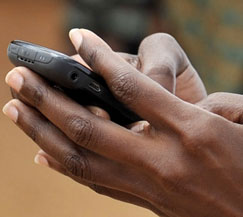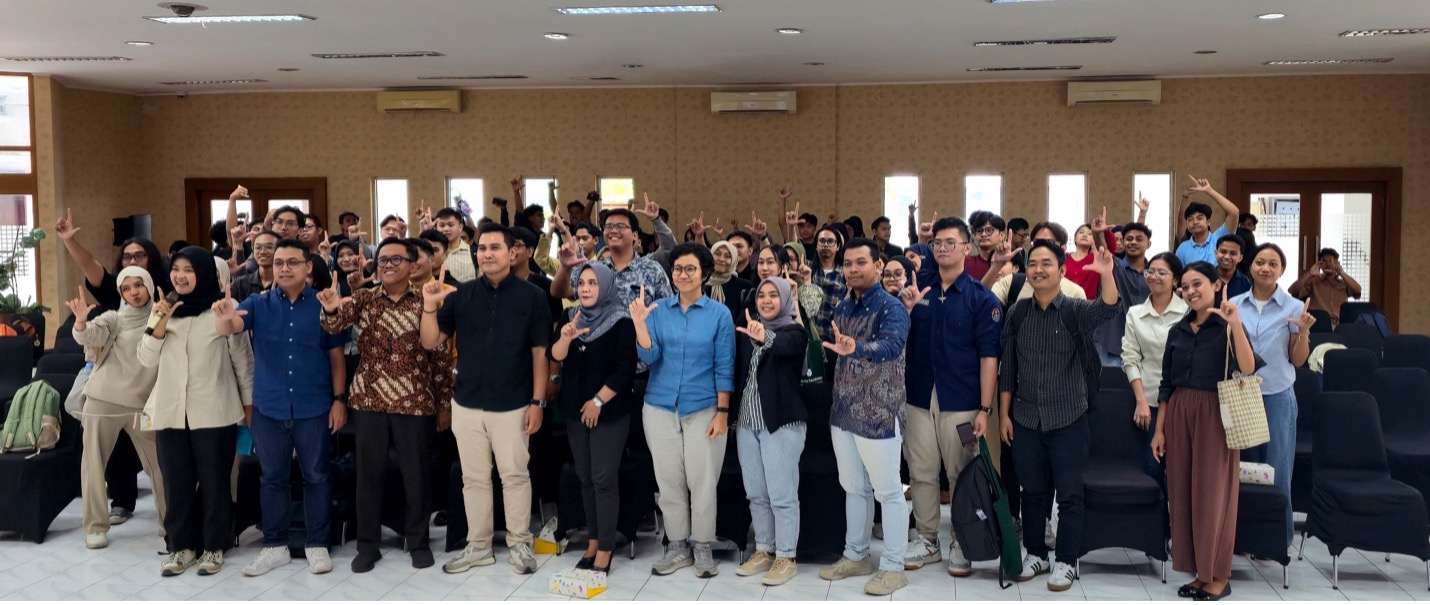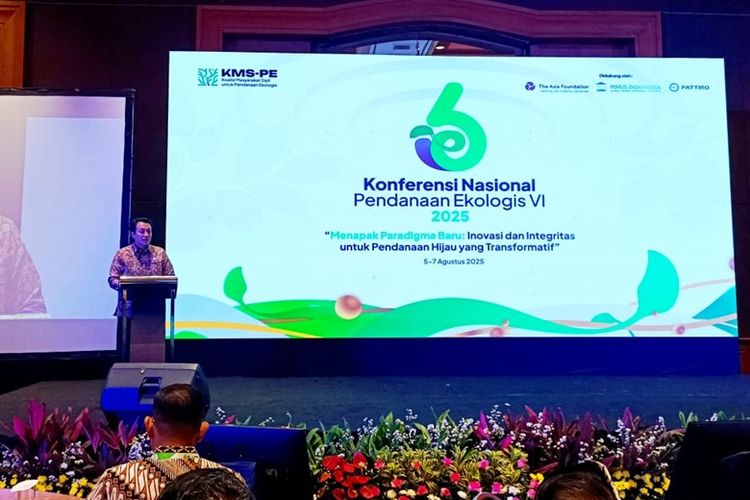The use of mobile phones has now entered the villages. Its use is also very diverse. Apart from making daily contact, now mobile phones are also used to obtain information related to maternal and child health.
For example, at Majalaya Hospital, Bandung Regency, the SiJari Emas program was initiated, which connects medical personnel and service providers during emergencies. Another SMS program is ‘SIGAPKU’ which will receive complaints, grievances, complaints related to maternal and child health services, as well as SMS SIPPP which is a learning platform for health workers. This news is certainly a relief, for mothers who are about to give birth when they face labor complications, especially in serious cases, midwives/medical personnel can provide more appropriate and faster assistance. When a mother is informed of an emergency, facilities at the puskesmas/hospital can be prepared more quickly, because she is notified via SMS which is connected to the existing health information system. From this information it can be detected which puskesmas/hospital is ready to handle the emergency. Of course this is, a new way.
The use of SMS for sending health information is an example of how the internet and mobile phones are being used in the health sector. This utilization is usually used for health campaigns, sharing information about health, providing patient health data and increasing the ability of medical personnel. In the context of maternal and child health, mobile phones can help prevent delays in decision making and delays in transportation for handling pregnant women in times of crisis. It is also useful to connect medical personnel at the hospital and the puskesmas/midwife during a crisis of labour.
The Ministry of Health (Kemenkes) and the National Family Planning Coordinating Board (BKKBN) stated that the maternal mortality rate during childbirth in 2012 reached 349 per 100,000 live births and this figure increased sharply from 2007 which reached 228 per 100,000 live births. Meanwhile in West Java, the maternal and infant mortality rates were higher, as many as 228 people per 100,000 births. There are many causes of high maternal and newborn mortality, the most direct causes are bleeding and eclampsia. From various literature and discussions with the community, the causes that support this high number are inadequate abilities and skills of birth attendants, lack of infrastructure (health service providers and transportation facilities) and lack of information about maternal and child health, causing a lack of knowledge and understanding regarding maternal and child health. The lack of information facilities can be overcome by providing sufficient information about health. Better, if the information is easily available, fast, appropriate and cheap. The use of mobile phones and their SMS services provides an opportunity to provide health information with these criteria.
In Indonesia, utilization and innovation is possible by encouraging the use of technology, mobile access which is now owned by around 250 million users (according to the Indonesian Cellular Telecommunications Association, 2011), it is hoped that it can help improve family health. With the use of mobile phones, information can go directly to the hands concerned.
In other countries, the initiative to use mobile applications, such as SMS, is carried out through the MAMA (Mobile Alliance Maternal Action) initiative, which is now spread across 35 countries. This program seeks to provide information to mothers, so that mothers are stronger and understand health through the information they have. SMS are sent free every week during pregnancy and one year after delivery. One of the countries that became its network, namely in Bangladesh. Now its members have reached 10,000 mothers. The targeted mothers are mothers from poor families and have a high risk of giving birth in terms of their medical history.
In addition there is text4baby. There were 24 million messages sent with a total of around 350 thousand users, most of the subscribers were young mothers who gave birth for the first time. Text messages sent such as baby development, good sleep for the pregnancy process, avoiding birth defects, maintaining nutrition, reminding immunization schedules, mental health, birth and baby development milestones, family violence, maintaining physical activity and breastfeeding.
In Kenya, for mothers who are illiterate, SMS is sent to their husband’s cell phone. Meanwhile, health workers were trained to create text messages to be sent to pregnant women. SMS is used to regularly check the mother’s health and if there are complaints.
There is also one that sells Maternal and Child Health equipment, namely Maternova.com. What’s interesting is that online sales of maternal and child medical devices have the advantage of being cheap and in accordance with the needs of delivery of mothers and children in remote areas.
In Indonesia, apart from the SMS SIGAPKU and SIJAriEmas initiatives, the ITB Team has tried to pioneer other innovations by building a database and application for maternal and neonatal health (maternal and newborn health) that records the progress of a mother’s health from health data at the puskesmas/hospital of early pregnancy to delivery.
Challenges Ahead
In Indonesia, the use of mobile phones for delivery information and maternal and infant health developments is still limited. With around 250 million users, there’s still a lot to improve. The use of a variety of media is also important to be combined with the use of mobile phones, the use of leaflets, television, community meetings, community radio and other alternative media that are close to women. So that more complete information can be obtained by women who are pregnant to maintain the health of their pregnancies, protect their births and the health of newborns.
Also other ideas that can be developed by collaborating on this information with face-to-face discussions at various Pos Yandu, PKK and Puskesmas community activities so as to produce a stronger understanding. (Written by Dini Mentari, Doctoral Candidate in Communication Studies, University of Indonesia)





